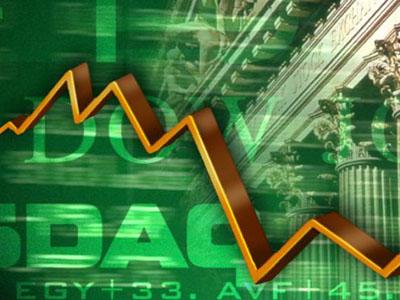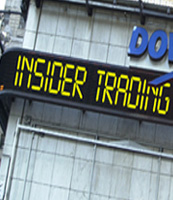SECONDMARKET’S Are Options For Investors
 Although some astute investors are unaware of the name, SecondMarket’s is the largest player in the alternative investment space. The company has been under scrutiny from regulators. Although SecondMarket’s is limited to “wealthy investors”, the SEC has been concerned with the lack of volume and transparency in these types of transactions.
Although some astute investors are unaware of the name, SecondMarket’s is the largest player in the alternative investment space. The company has been under scrutiny from regulators. Although SecondMarket’s is limited to “wealthy investors”, the SEC has been concerned with the lack of volume and transparency in these types of transactions.
However, SecondMarket’s does fill a void. They enable employees of sought after private companies to sell their shares to qualified buyers, while their company is private, and before there is an IPO. Now what is wrong with that ? I thought we were in a free market.
For instance, let’s assume an accredited investor wanted to position himself in Facebook or Twitter before they IPO. Why shouldn’t that buyer be able to pay able to pay a fee to purchase shares from sellers who are mostly employees or ex-employees (Who will also pay a fee) who may want to cash out and buy a new home, or pay for a child’s education, or even just simply retire ?
SECONDMARKET’S Investments Soar
Now after reading a recent report from SecondMarket’s they seem to be on the right path. The third quarter generated over $167 million in transactions
,which was up 75% from Q3 from the prior year.
Keep in mind that this trend may increase once more qualified investors actually become aware that they actually have access to Pre-IPO companies that were formerly predominantly reserved for VC type investors.
Speaking of VC, SecondMarket’s also just received $15 million from a venture fund and the company is now valued at $200 million.
So if you are interested in following the VC game and are looking for activity and prices on some of the up and coming, sought after private companies, check out SecondMarket’s website for some quality information.
More Penny Stock News, IPO Updates and Stock Market Research.


 With the recent Wall St protests, going on,
With the recent Wall St protests, going on, 
 Due to legal issues, the term
Due to legal issues, the term  Today, we are coming to you with an entry that focuses on the
Today, we are coming to you with an entry that focuses on the 
